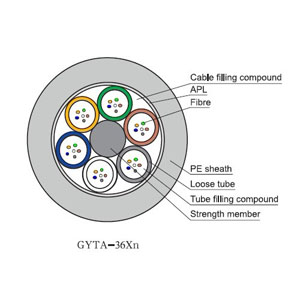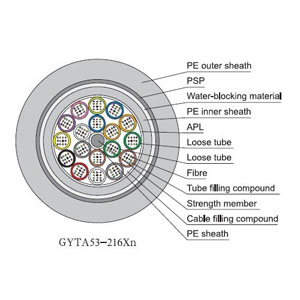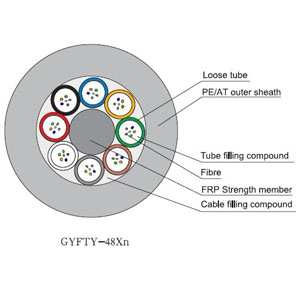- Fiber Optic Transceiver Module
- High Speed Cable
- Fiber Optical Cable
- Fiber Optical Patch Cords
- Splitter CWDM DWDM
- PON Solution
- FTTH Box ODF Closure
- PCI-E Network Card
- Network Cables
- Fiber Optical Adapter
- Fiber Optical Attenuator
- Fiber Media Converter
- PDH Multiplexers
- Protocol Converter
- Digital Video Multiplexer
- Fiber Optical Tools
- Compatible
- Can SFP+120KM be available? ...
- Why the price has so huge di...
- Can XFP transceiver modules ...
- Must optical fiber jumper be...
- Is there a module which can ...
- Can different brands SFP tra...
- How long will you change you...
- The difference between DDM S...
- Comparison of EPON and GPON
- Should we use 3rd party’s ...
- How to make differences betw...
- What is Drop Cable?
- Comparison of CWDM and DWDM ...
- GEPON Technology
- Differences of OM1, OM2, OM3...
- What is the armored fiber op...
- What is DAC cable?
- How to Choose A Right Fusion...
- Why Using a Compatible SFP O...
- Optical fiber transmission l...

How to choose fiber optic cable?
The fiber optical cable transmission is widely used because it is light, small, long distance transmission, large capacity, small signal attenuation and good EMI.
1. According to the application, optical cables can be divided into five types, they are aerial cable, direct-buried cable, duct optical cable, submarine cable and metal free cable.
Aerial cables are required to be high strength and small temperature coefficient;

direct-buried cables should be resistance, compressive, moisture-proof and corrosion resistance;

duct optical cables and submarine cables should resistance to water pressure, tension and be good waterproof properties while metal free cables can be erected with high tension cables so they should be good insulation and partly tensile strength.

2. According to the number of cores.
3. According to materials. The main materials of cables are fiber core, optical fiber ointment, sheath material and PBT. The core is required to have higher noise-signal ratio, lower bit error rate and higher information carrying capacity; optical fiber ointment is used to prevent the moisture in the air corroding cables and relieve fiber vibration and surge; sheath material is the key point to decide cable’s tensile strength, bending properties, temperature characteristic, natural resistance aging properties and anti-fatigue properties; while if there is high request for hydrolysis resistance, we must use PBT which is anti-hydrolytic.
Notes:
1. If use direct-buried cable outdoors, it is better to choose armored cables.
2. If aerial, you can choose cables with plastic sheath which is made up of two or multiple strengthening rib.
3. If need vertical cables in buildings, you can choose layer stranded cables; using breakout cables if level layout in buildings.
4. Choose multimode optical cables if transmission distance is within 2km, if it is more than 2km, then use single mode optical cables.
Sopto can provide outdoor fiber optical cables applied in duct, aerial, direct-buried applications, indoor fiber optical cables, FTTH cables etc. For more information, please browse our website sopto.com or email to sales@sopto.com.
Tags:how to choose fiber optic cables, kinds of fiber optic cables


